In the heart of Southeast Asia, nestled along the winding Mekong River, lies a culinary treasure trove – the enchanting flavors of Mekong Vietnamese food. This vibrant cuisine is a tapestry woven from the region’s rich agricultural heritage, cultural influences, and an unwavering reverence for fresh, locally-sourced ingredients. From the bustling street food stalls to the tranquil family kitchens, the dishes of the Mekong Delta offer a captivating journey for the senses.
Introduction to Mekong Vietnamese Food
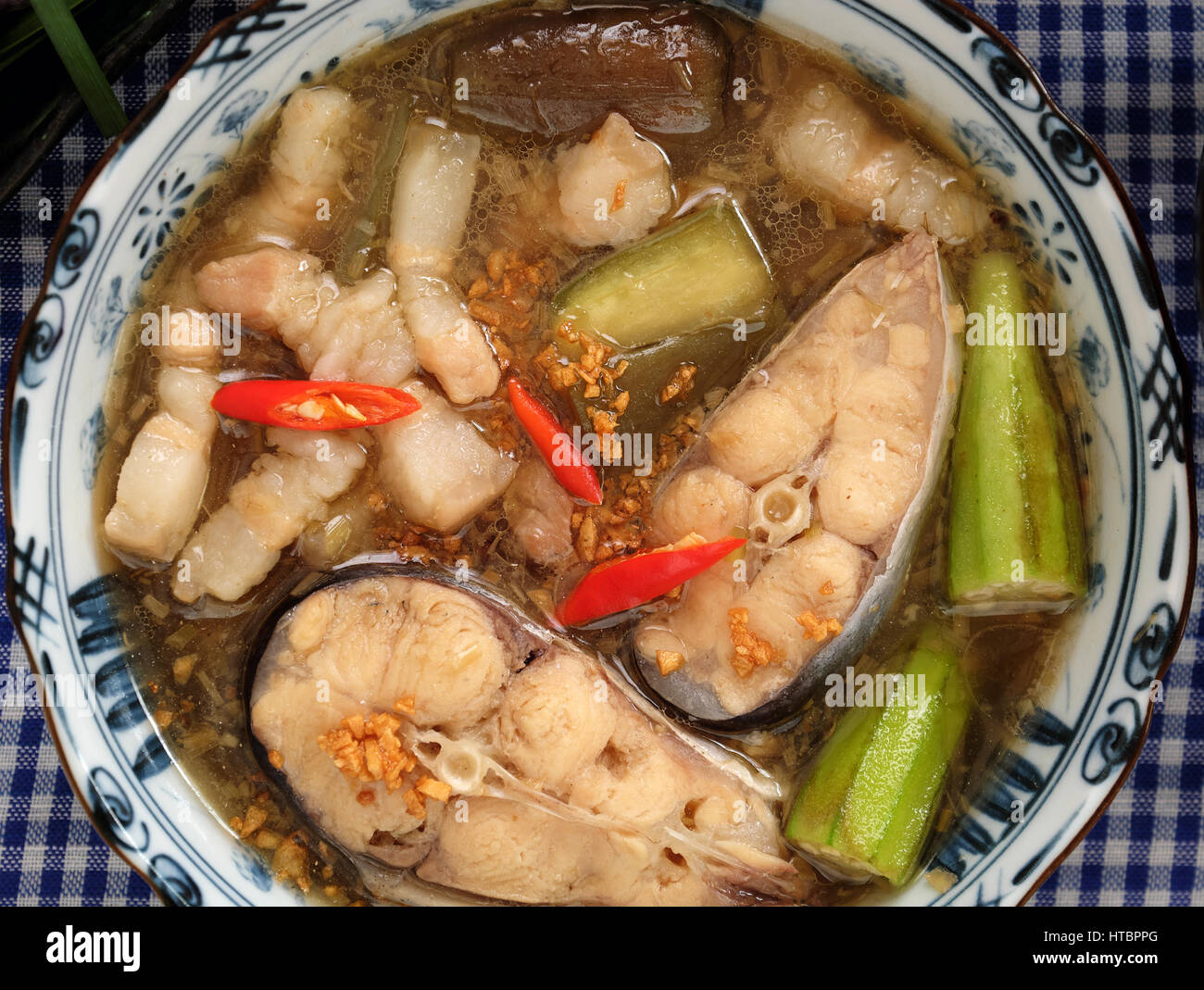
Mekong Vietnamese food is a celebration of bold flavors, aromatic spices, and a harmonious blend of textures. It is a cuisine that embraces the abundance of the Mekong River and its surrounding fertile lands, where fresh produce, fish, and herbs are the stars of the show. Each bite is a symphony of flavors, a testament to the region’s rich culinary traditions and the ingenuity of its people.
History of Mekong Vietnamese Cuisine
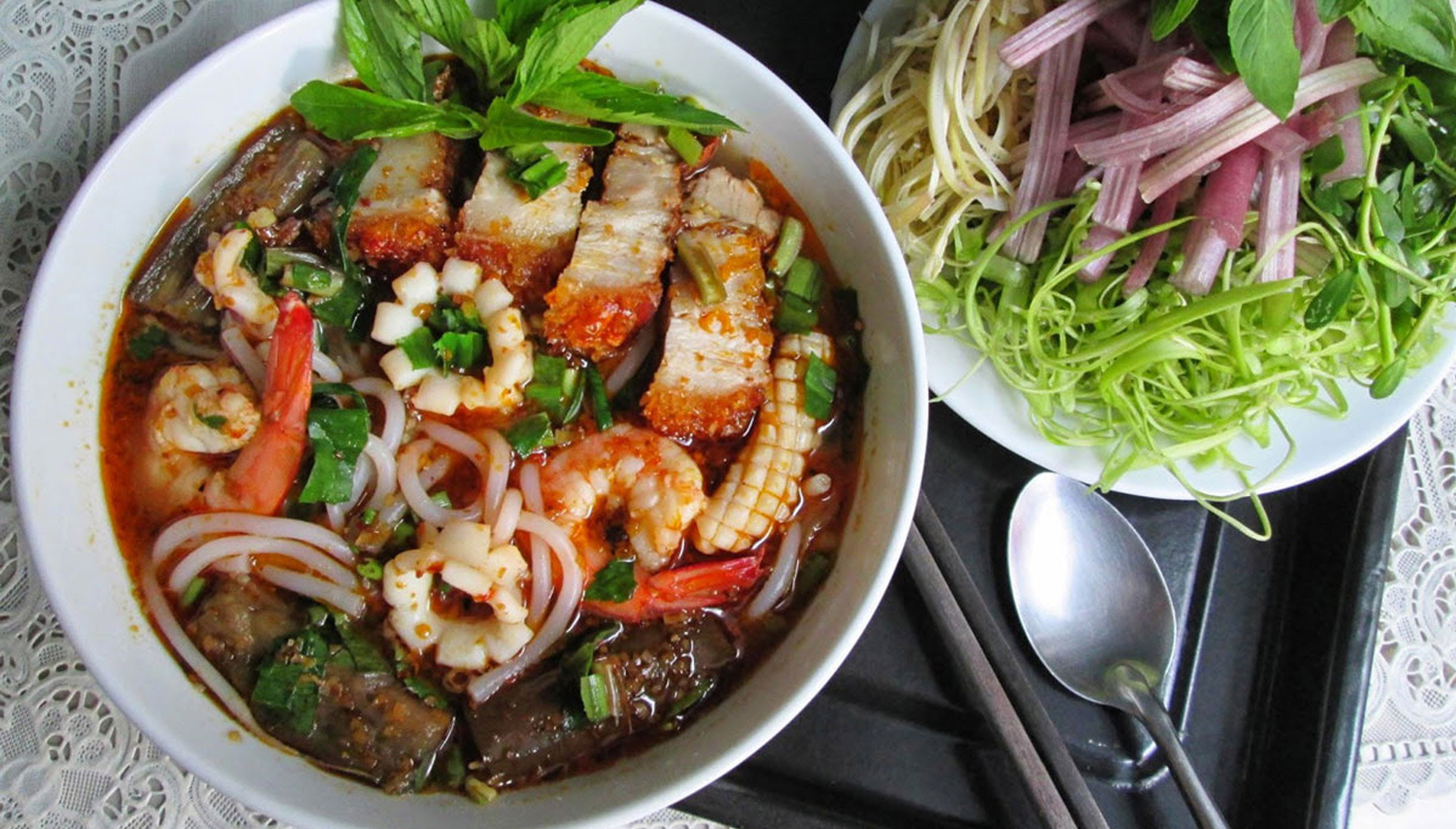
Influence of the Mekong River
The Mekong River, one of the world’s longest waterways, has played a pivotal role in shaping the food culture of the region. For centuries, the river has nourished the land with its fertile alluvial soil, providing ideal conditions for agriculture and nurturing a rich diversity of crops and aquatic life.
Cultural Exchanges and Influences
Vietnam’s culinary landscape has been shaped by a tapestry of cultural influences, each leaving an indelible mark on the dishes of the Mekong Delta. From the ancient spice trade routes that brought exotic flavors to the region to the French colonial era that introduced baguettes and pâtés, the Mekong Vietnamese cuisine is a harmonious fusion of flavors and techniques.
Traditional Cooking Methods
Mekong Vietnamese Food is deeply rooted in traditional cooking methods passed down through generations. Techniques such as steaming, grilling, and stir-frying are commonly employed, ensuring that the natural flavors of the ingredients are preserved and elevated. These time-honored methods are a testament to the region’s culinary heritage and the enduring respect for tradition.
Popular Ingredients in Mekong Vietnamese Dishes
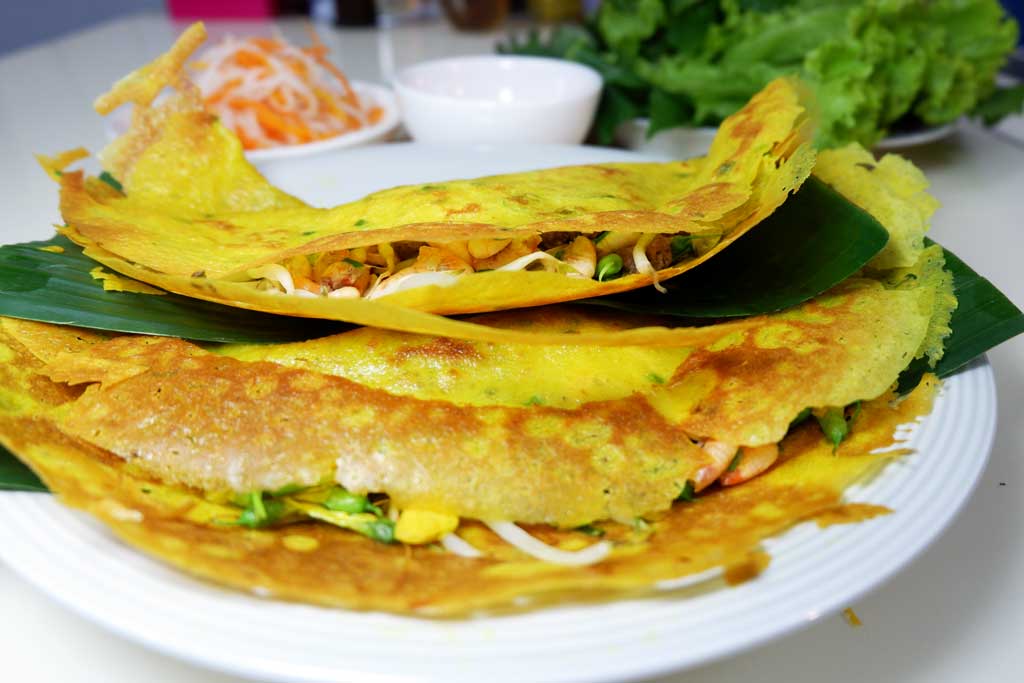
The Mekong Delta is a bountiful region, offering a diverse array of ingredients that form the backbone of its cuisine. Here are some of the most prevalent and beloved ingredients:
Rice
- Varieties: Fragrant jasmine rice, glutinous sticky rice, and rice noodles.
- Significance: Rice is a staple in Vietnamese cuisine, and the Mekong Delta is renowned for its high-quality rice production.
Vegetables
- Fresh Greens: Watercress, celery, basil, mint, cilantro, and various leafy greens.
- Tropical Produce: Lemongrass, chilies, ginger, galangal, and turmeric.
Proteins
- Freshwater Fish: Catfish, snakehead fish, and various river fish.
- Seafood: Shrimp, crabs, squid, and other seafood from the Mekong Delta’s coastal regions.
- Poultry and Meat: Chicken, duck, and pork are commonly used in Mekong Vietnamese dishes.
Herbs and Spices
- Fresh Herbs: Lemongrass, Thai basil, mint, cilantro, and more.
- Spices: Chili peppers, star anise, cinnamon, fennel, and coriander seeds.
Traditional Mekong Vietnamese Dishes
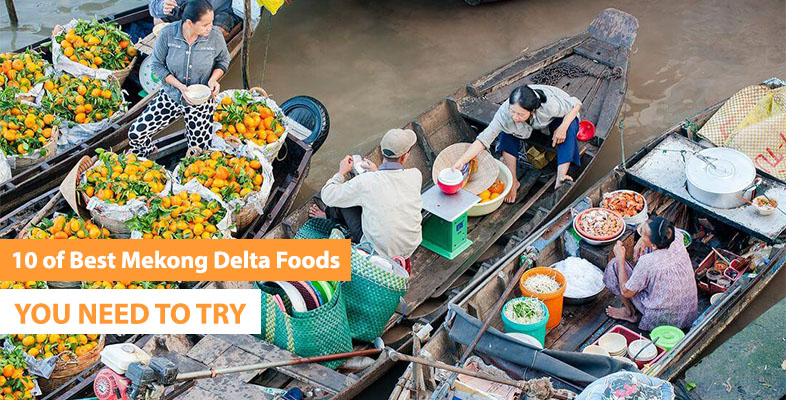
The Mekong Delta’s cuisine is a treasure trove of flavors, with each dish showcasing the region’s rich culinary heritage and its deep connection to the land and the river.
Noodle Dishes
Pho
| Characteristic | Description |
|---|---|
| Broth | Flavorful bone broth simmered for hours with aromatic spices |
| Noodles | Slender rice noodles, cooked to perfection |
| Proteins | Thinly sliced beef or chicken |
| Garnishes | Fresh herbs, lime wedges, chili sauce, and bean sprouts |
Bun Rieu
- A tomato-based broth with vermicelli noodles, crab meat, and a medley of fresh herbs.
- Often garnished with fried tofu, shrimp paste, and chili paste.
Rice Dishes
Com Tam
- Broken rice grains served with various toppings like grilled pork chops, shredded pork skin, and a sweet and sour fish sauce.
- Accompanied by fresh herbs, pickled vegetables, and a fried egg.
Banh Xeo
- A crispy turmeric-infused crepe filled with shrimp, pork, bean sprouts, and herbs.
- Served with fresh greens and a sweet and tangy dipping sauce.
Soups and Stews
Canh Chua
- A tangy and flavorful soup made with tamarind, pineapple, tomatoes, and various proteins like fish, shrimp, or chicken.
- Infused with herbs like mint, cilantro, and bean sprouts.
Bo Kho
- A hearty beef stew with aromatic spices, carrots, and lemongrass.
- Slow-cooked for hours to achieve a rich and flavorful broth.
Regional Variations of Mekong Vietnamese Food
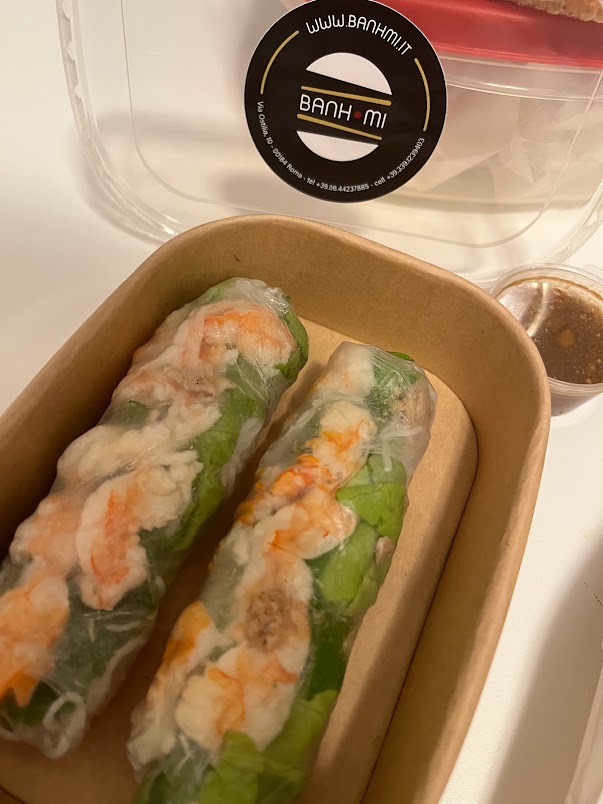
While the core ingredients and cooking techniques remain consistent throughout the Mekong Delta, each region boasts its unique culinary traditions and specialties.
Southern Mekong Delta
Dishes
- Banh Xeo: The southern provinces are renowned for their crispy and flavorful banh xeo crepes.
- Hu Tieu: A popular noodle soup with pork and seafood, often served with a side of fresh herbs and chili sauce.
Influence
The southern Mekong Delta’s cuisine is heavily influenced by its proximity to the sea, with a focus on fresh seafood and coastal ingredients.
Central Mekong Vietnamese Food
Dishes
- Com Tam: This broken rice dish is a staple in the central Mekong Delta, particularly in the city of Can Tho.
- Banh Mi: The central region is known for its delectable banh mi sandwiches, featuring a variety of fillings and the iconic Vietnamese baguette.
Influence
The central Mekong Delta’s cuisine reflects a blend of regional traditions and urban influences, with a emphasis on street food and portable bites.
Northern Mekong Delta
Dishes
- Bun Rieu: This noodle soup with crab meat and tomato broth is a specialty in the northern Mekong Delta provinces.
- Goi Ngo Sen: A refreshing and flavorful salad made with lotus stem, shrimp, pork, and a tangy dressing.
Influence
The northern Mekong Delta’s cuisine is shaped by its proximity to Cambodia, with dishes showcasing a unique blend of Vietnamese and Khmer culinary influences.
Health Benefits of Mekong Vietnamese Cuisine
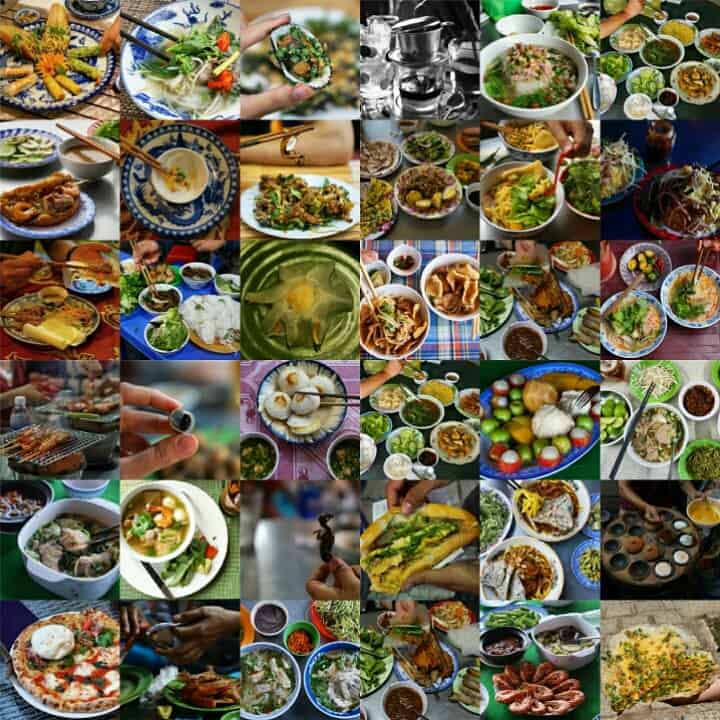
Mekong Vietnamese cuisine is not only a delight for the taste buds but also a treasure trove of nutritional benefits. The heavy emphasis on fresh produce, lean proteins, and aromatic herbs and spices contribute to its overall healthfulness.
- Abundance of Vegetables and Herbs: The dishes are packed with a variety of fresh vegetables and herbs, providing essential vitamins, minerals, and antioxidants.
- Lean Proteins: Seafood, poultry, and lean meats are common protein sources, offering a healthier alternative to high-fat options.
- Minimal Use of Oils and Fats: Traditional cooking techniques like steaming, grilling, and stir-frying rely on minimal oil, reducing the overall fat content of the dishes.
- Flavorful Broths and Sauces: The flavorful broths and sauces used in Mekong Vietnamese cuisine are often based on aromatic herbs and spices, providing a rich depth of flavor without relying on excessive amounts of salt or unhealthy additives.
Mekong Vietnamese Street Food Culture
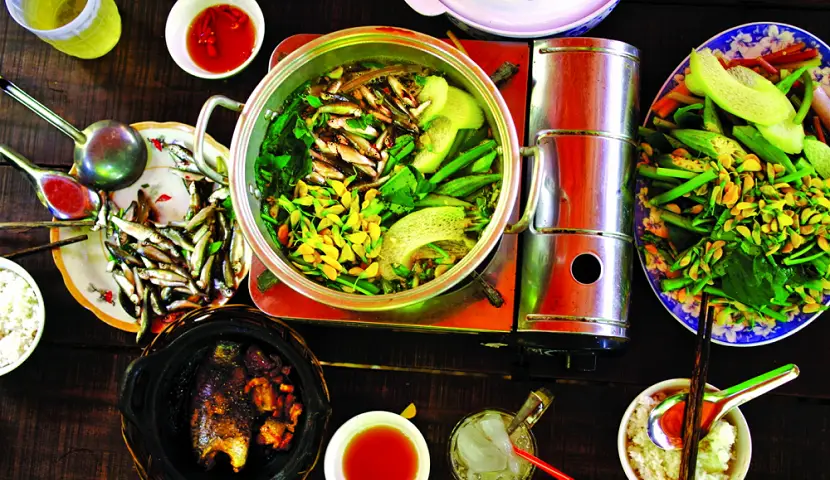
No exploration of Mekong Vietnamese food would be complete without delving into the vibrant street food culture that permeates the region. From bustling markets to roadside stalls, the aroma of sizzling woks and fragrant broths fills the air, beckoning passersby to indulge in the flavors of the Mekong Delta.
Street Food Staples
- Banh Mi: A ubiquitous street food favorite, banh mi sandwiches are a delicious fusion of French and Vietnamese flavors, featuring a crusty baguette filled with various meats, pickled vegetables, and fresh herbs.
- Banh Xeo: These crispy rice flour crepes filled with shrimp, pork, bean sprouts, and herbs are a popular choice among street food enthusiasts, offering a delightful combination of textures and flavors.
- Pho: While traditionally served in restaurants, pho can also be found at street food stalls, where steaming bowls of fragrant broth, noodles, and tender meat beckon hungry diners.
Market Delights
- Fresh Seafood: Mekong Delta markets are teeming with an array of fresh seafood, from prawns and crabs to various fish species, showcasing the region’s bountiful aquatic resources.
- Tropical Fruits: Vibrant displays of tropical fruits like mangoes, dragon fruit, and pomelo entice visitors with their sweet aromas and juicy flavors, offering a refreshing treat on hot days.
- Grilled Skewers: Whether it’s lemongrass-marinated meats or flavorful tofu skewers, the sizzling grills at Mekong Delta markets offer a tantalizing array of grilled delights for adventurous eaters.
Influence of French Colonialism on Mekong Vietnamese Food
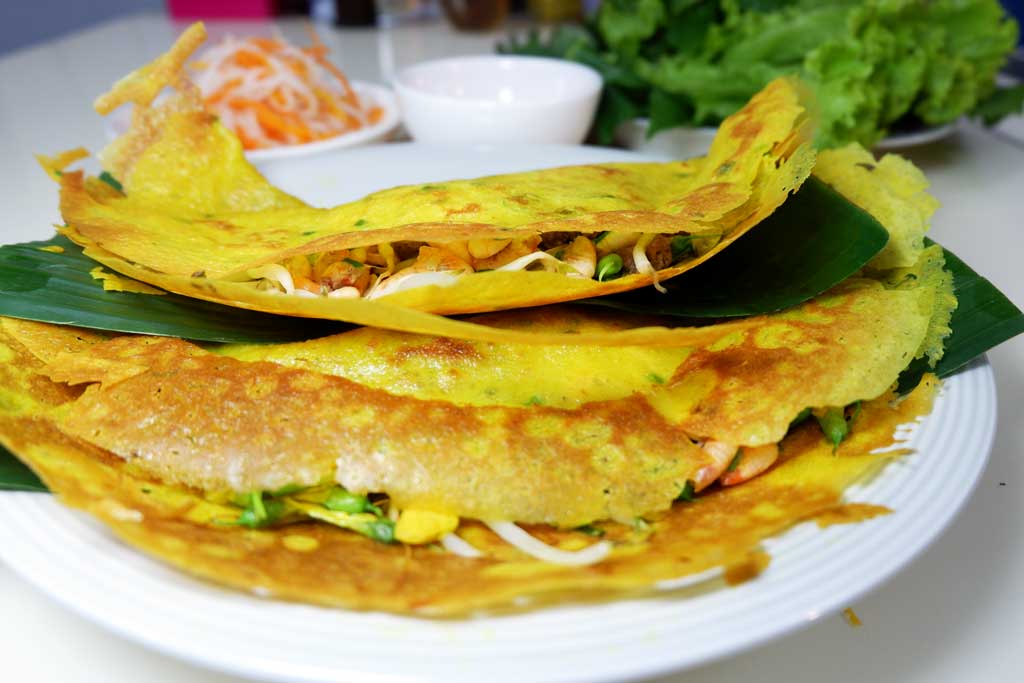
The legacy of French colonialism in Vietnam has left an indelible mark on the country’s culinary landscape, blending traditional Vietnamese flavors with European techniques and ingredients. In the Mekong Delta region, this influence is evident in certain dishes and cooking methods.
Baguette Culture
- Banh Mi: The iconic Vietnamese sandwich, banh mi, is a perfect example of the fusion of French and Vietnamese culinary traditions, with its crusty baguette filled with pate, meats, pickled vegetables, and fresh herbs.
- Pate Chaud: These flaky puff pastry pockets filled with savory ingredients like minced pork, mushrooms, and vermicelli noodles reflect the French influence on Vietnamese pastries.
Coffee Culture
- Ca Phe Sua Da: The Vietnamese iced coffee, made with strong brewed coffee and sweetened condensed milk, showcases the French influence on Vietnam’s coffee culture, introduced during the colonial period.
- Egg Coffee: A decadent concoction of whipped egg yolks, sugar, and robust Vietnamese coffee, egg coffee is a unique fusion of French custard desserts and traditional Vietnamese coffee.
Baked Goods
- Banh Pate So: These buttery puff pastry parcels filled with seasoned ground pork are a popular snack in Vietnam, reflecting the French influence on Vietnamese baking techniques.
- Croissants: While not traditionally Vietnamese, croissants have become a beloved breakfast item in Vietnam, showcasing the enduring influence of French pastries on the local culinary scene.
Vegetarian and Vegan Options in Mekong Vietnamese Cuisine
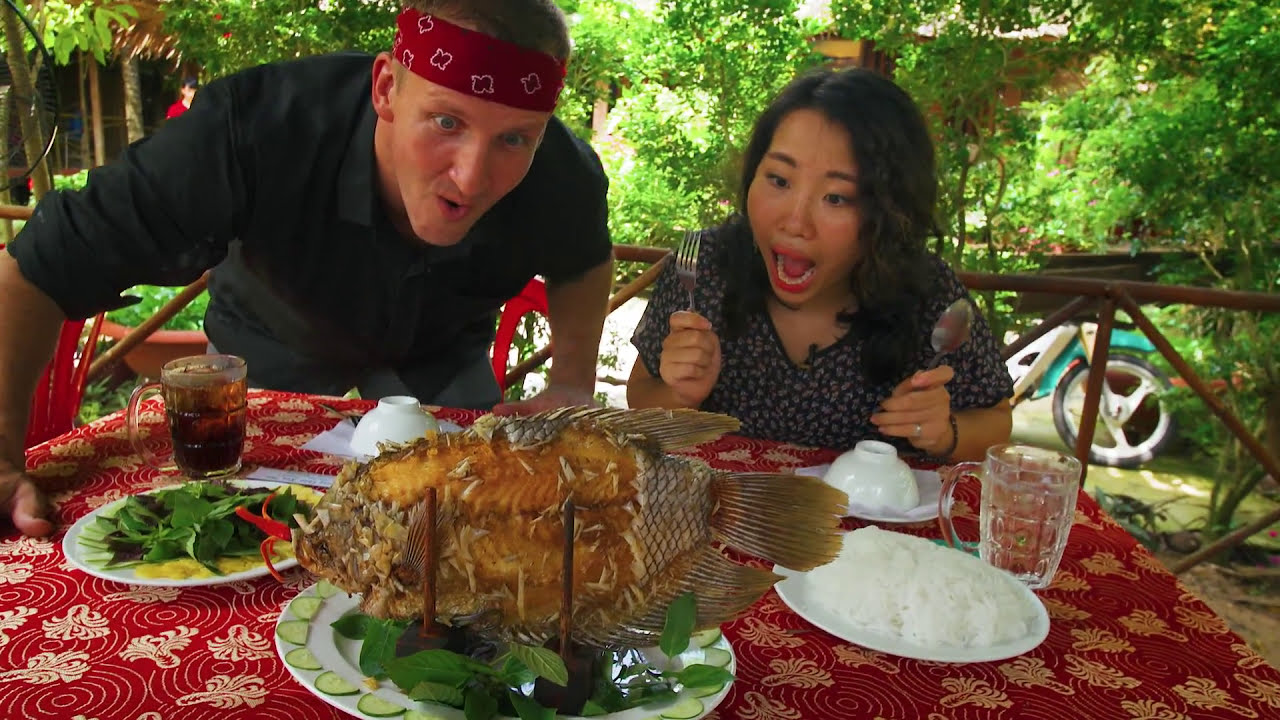
For those seeking plant-based options, Mekong Vietnamese cuisine offers a variety of vegetarian and vegan dishes that are both flavorful and satisfying. With an abundance of fresh produce, aromatic herbs, and plant-based proteins, vegetarian and vegan travelers will find plenty to enjoy in the Mekong Delta.
Vegetarian Dishes
- Com Chay: A vegetarian version of the classic broken rice dish, com chay features tofu, mushrooms, and soy-based proteins as flavorful alternatives to meat toppings.
- Goi Cuon Chay: These fresh spring rolls are filled with vermicelli noodles, tofu, fresh herbs, and crunchy vegetables, offering a light and refreshing option for vegetarians.
Vegan Options
- Canh Chua Chay: A vegan twist on the traditional sour soup, canh chua chay features a flavorful broth made with tamarind, pineapple, and assorted vegetables, providing a tangy and satisfying dish.
- Bun Rieu Chay: This vegan version of the crab noodle soup substitutes tofu or mock crab for the traditional seafood, while still retaining the rich flavors of the original dish.
Plant-Based Proteins
- Tofu: A versatile protein source, tofu is commonly used in vegetarian and vegan Vietnamese dishes, absorbing the flavors of aromatic herbs and spices in soups, stir-fries, and curries.
- Seitan: Also known as wheat gluten, seitan is a popular meat substitute in vegan Vietnamese cuisine, offering a chewy texture and protein-rich alternative to animal products.
Famous Mekong Vietnamese Desserts
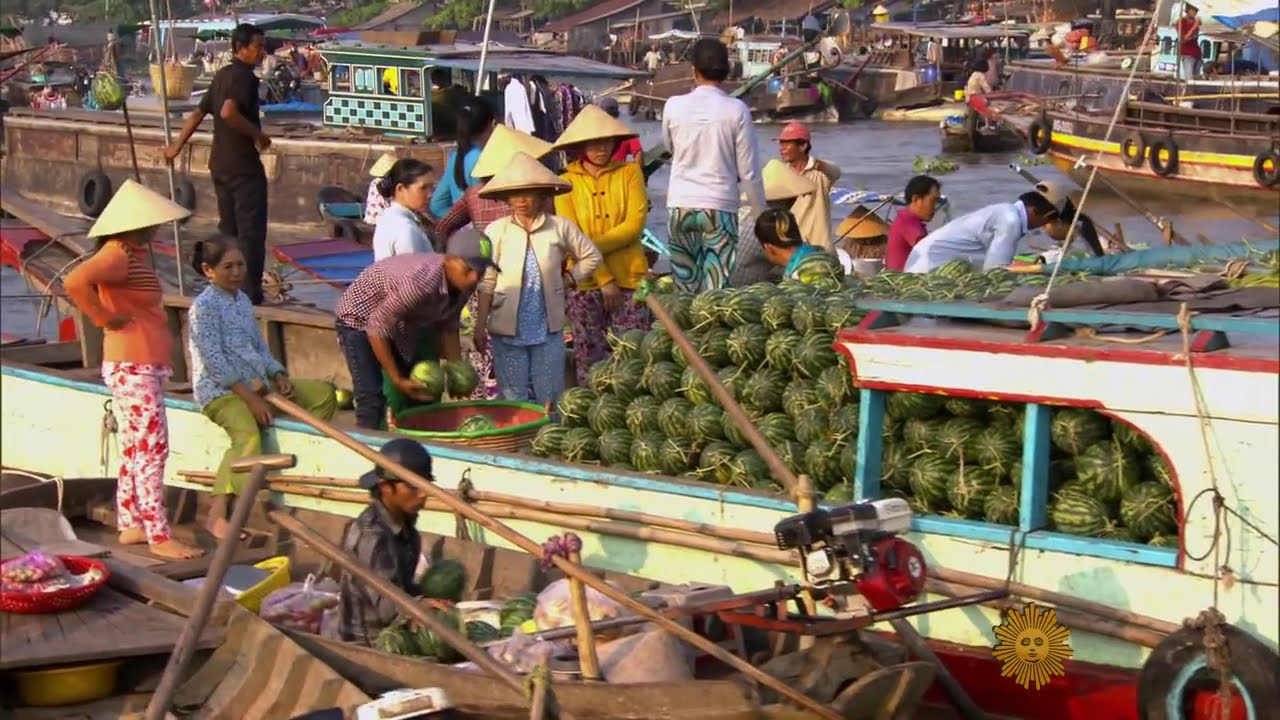
No meal in the Mekong Vietnamese Food is complete without indulging in the region’s delectable array of desserts, which range from sweet and sticky treats to refreshing palate cleansers. Drawing inspiration from local ingredients and traditional recipes, Mekong Vietnamese desserts are a delightful conclusion to any dining experience.
Sweet Treats
- Che Ba Ba: A traditional Vietnamese dessert made with sweet potatoes, cassava, and coconut milk, flavored with pandan leaves and tapioca pearls for a luscious and comforting treat.
- Banh Bo Nuong: These honeycomb cakes are a popular street food dessert, featuring a light and airy texture infused with the fragrance of coconut milk and pandan essence.
Refreshing Delights
- Sinh To: A Vietnamese smoothie made with fresh tropical fruits like mango, avocado, or jackfruit blended with sweetened condensed milk or coconut milk, offering a cool and creamy beverage option.
- Kem Xoi: Sticky rice topped with creamy coconut milk ice cream and a drizzle of sweet syrup, kem xoi is a decadent dessert that combines warm and cold elements for a satisfying finish to a meal.
Traditional Sweets
- Mut: Preserved fruits like kumquats, plums, and ginger are popular traditional sweets in Vietnam, offering a balance of sweet and tangy flavors in bite-sized morsels.
- Banh Tet: A sticky rice cake filled with mung bean paste and pork belly, wrapped in banana leaves and boiled until tender, banh tet is a festive dessert enjoyed during Lunar New Year celebrations.
Conclusion
In conclusion, Mekong Vietnamese Food is a vibrant tapestry of flavors, textures, and cultural influences that reflect the region’s rich culinary heritage. From the fertile fields of the delta to the bustling streets of its cities, the Mekong Delta’s food scene offers a diverse array of dishes that cater to every palate and preference. Whether you’re savoring a steaming bowl of pho, indulging in a crispy banh xeo crepe, or sampling a refreshing sinh to smoothie, the flavors of the Mekong Delta will leave a lasting impression on your taste buds. So, immerse yourself in the culinary delights of the Mekong Delta and discover the magic of Vietnamese cuisine in all its glory.




